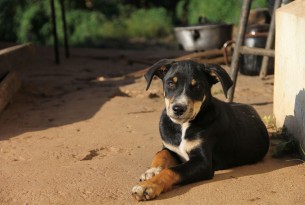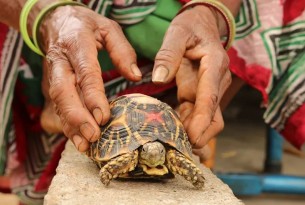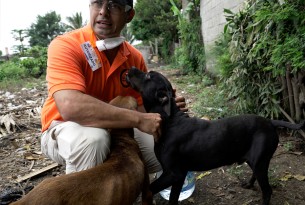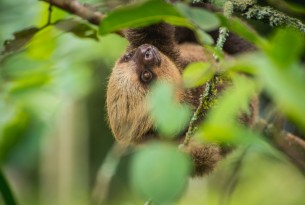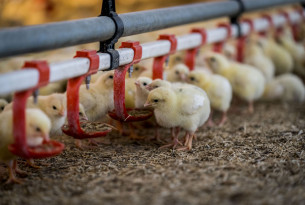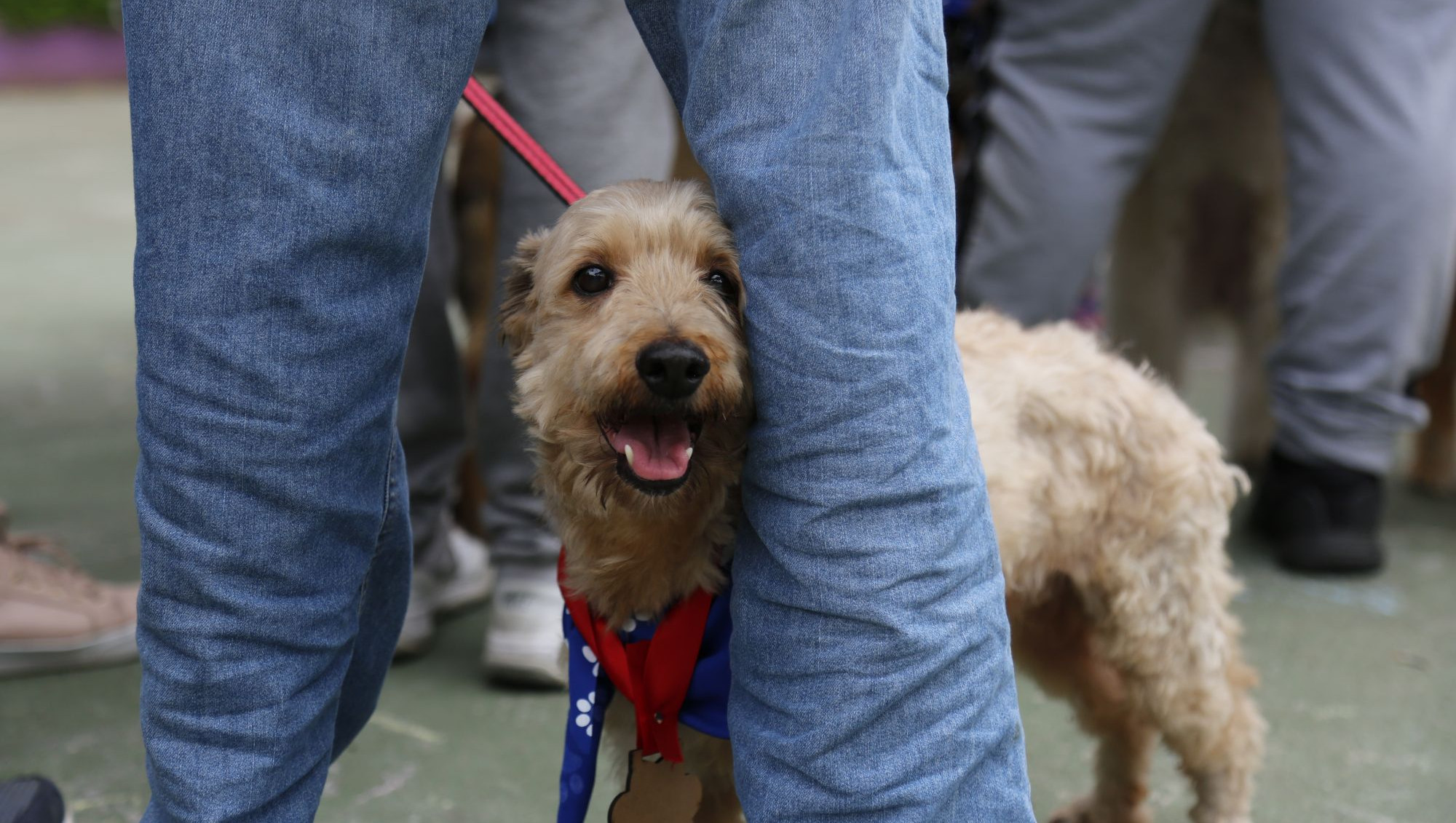
Ontario has a new animal protection law
On December 5, 2019 the government of Ontario approved Bill 136, which means that the protection of animals will now be regulated through the Provincial Animal Welfare Services Act (PAWS Act).
The PAWS Act was passed after three readings in parliament and one public hearing, where we were selected to present our concerns about the bill, which occurred on November 29.
The main recommendations we presented to the committee included the following:
- A request to include the permitted list in the Act, which would give the government the possibility to determine which animals can be kept by individuals rather than which animals cannot be kept. Permitted lists (also known as a positive list) are considered to be the most efficient way to regulate the keeping of pets and put the welfare of animals first. Although many questions were asked about this legislative framework, the permitted list was not added, which means that in all likelihood the government will regulate the keeping of animals by means of prohibitions and restrictions.
- A request to set out the animal welfare principle in the Act. We, along with other animal welfare organizations, realized that the Act itself did not explain what animal welfare is or provide a concrete definition. The Act only defines the term ‘distress.’ Unfortunately, the government did not add the definition of animal welfare in the Act, but perhaps there will be a possibility to add this definition in future regulations.
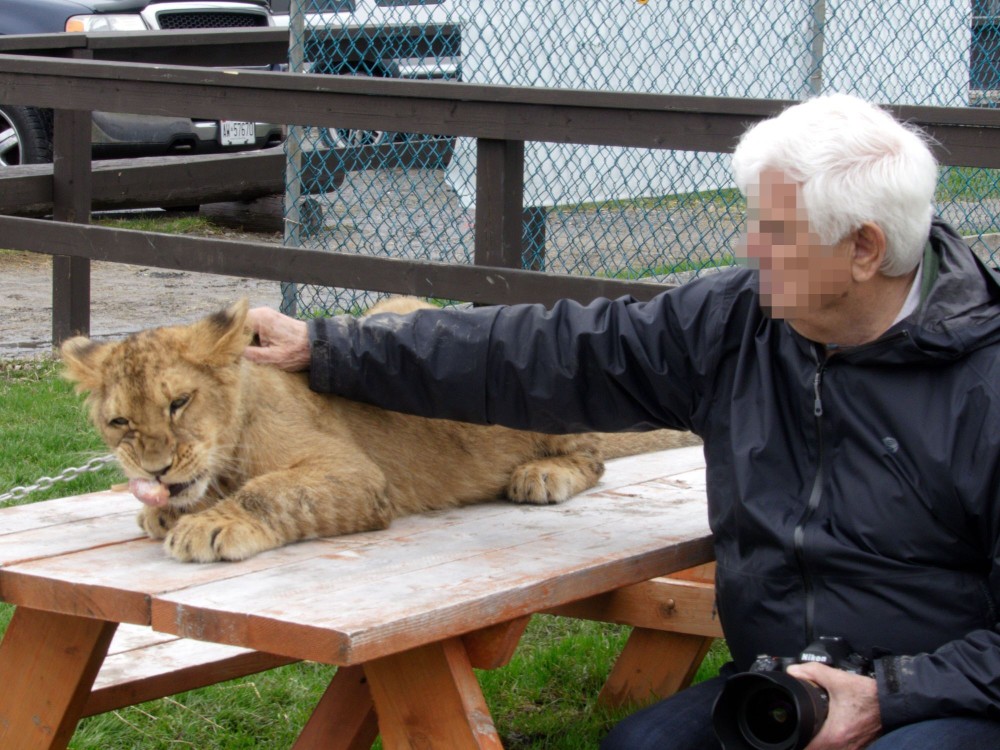
A lion cub being used for photo opportunities at Jungle Cat World in Ontario. Wild animals are not pets and not entertainers.
What does this mean for animals?
The new law is an improvement of the old system and will protect animals in the province better because:
- The government will have the opportunity to ban or restrict the possession and breeding of wildlife when keeping of such animal is deemed to be unsafe for humans or inhumane for the animals, which used to be the responsibility of individual municipalities.
- The physiological state of an animal is included in the definition of distress
- Animal welfare enforcement is now the responsibility of the government, which means that investigations and other processes can now be held accountable by the public
- There will be a greater emphasis on the training of inspectors
- There will be higher maximum penalties
While we are pleased to see the Ontario government is taking steps toward better protections for animals, we also know that the Act is only as strong as its regulations. For example, the act states that no person shall possess or breed a prohibited animal in Ontario.
Which animals are prohibited? This will be determined in the regulations. There are many provisions in the Act that need to be arranged by means of regulations.
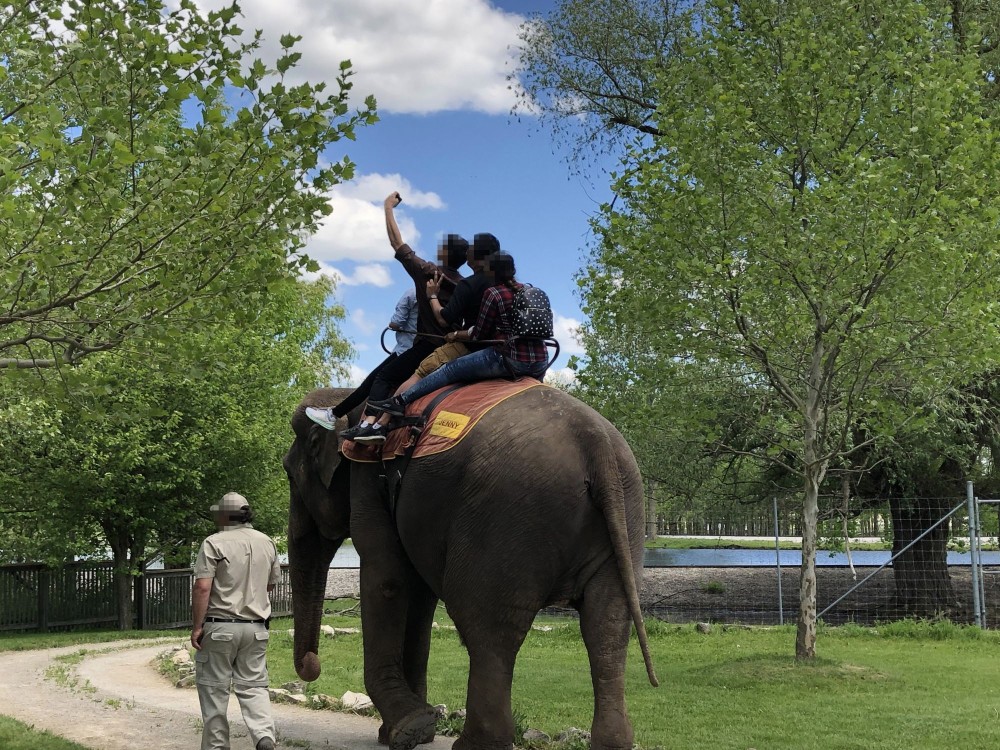
Tourists riding an elephant at African Lion Safari in Ontario in June, 2019. Wild animals are not entertainers.
Our work isn’t done
As World Animal Protection, we will advocate for a robust and extensive list of prohibited and restricted animals. We strongly believe that animal welfare (including the suitability of an animal to live in captivity/as a pet), public safety, risks for the local environment and the available knowledge of an animal species should be considered when deciding if an animal should be permitted, restricted or prohibited.
What to do if you witness animal cruelty
In June 2019, the Ontario government set up the Ontario Animal Protection Call Centre: 1-833-9-ANIMAL (264625).
If you encounter animal abuse in Ontario, we encourage you to report it to this number. You can also contact your local police division to report animal cruelty and learn more about what you can do.


